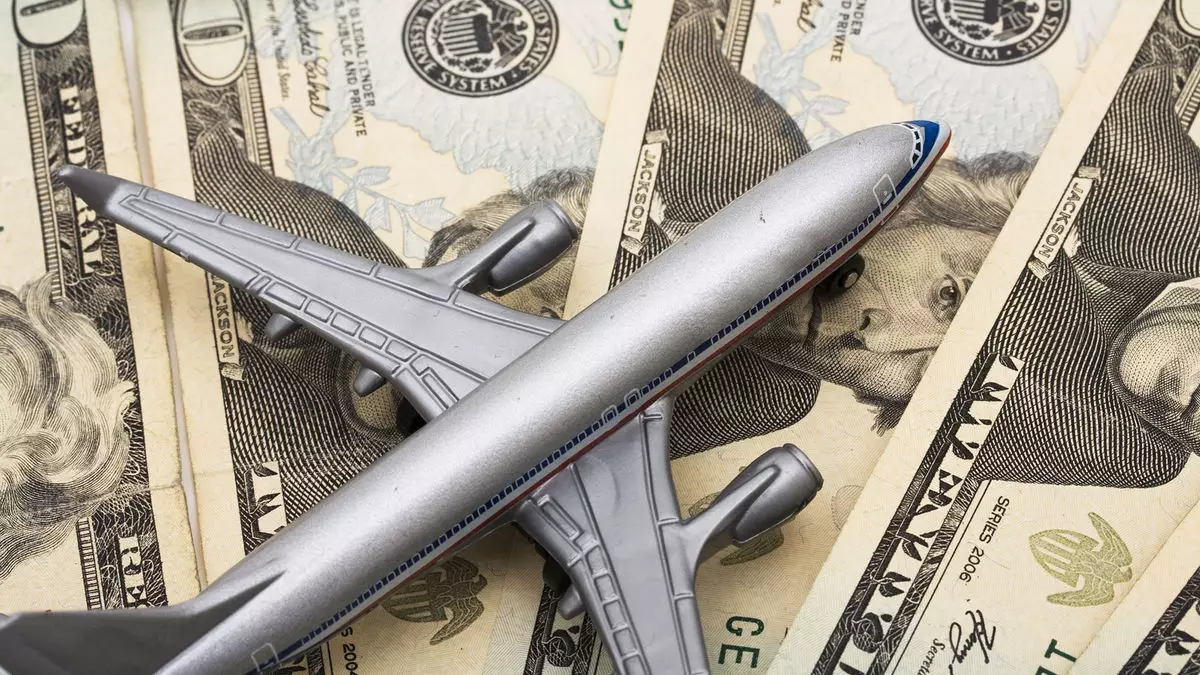Travel has long been a significant part of many people’s lives, and understanding airfare trends can make a notable difference in budgeting for journeys. In 2025, domestic airfares are expected to experience a rise compared to the previous year, while long-haul flights may yield better deals. Understanding the factors influencing these airfare trends offers valuable insights for consumers hoping to navigate this shifting landscape effectively.
Airfare is experiencing a noticeable increase as we transition into 2025. Based on the Consumer Price Index (CPI) data released on January 15, airfares surged by 7.9% year-over-year in December, with a 3.2% jump between November and December alone. Such statistics reflect broader economic trends but are particularly relevant for domestic travelers trying to balance their budgets. According to the Airline Reporting Corporation (ARC), the average domestic roundtrip ticket price in December was $561, marking a 4% rise from 2024.
Hopper, a well-regarded fare analysis tool, suggests that those looking for the best domestic airfares may face a challenging struggle in the first half of 2025. It indicates that the current market conditions will lead to an estimated 12% increase in average ticket prices compared to the same month in 2024, with even more considerable hikes expected in May and June. However, it’s worth noting that these numbers represent only a marginal growth from 2023 levels. In essence, the situation highlights the complexities of interpreting ticket price fluctuations within a broader context of supply and demand.
The anticipated rise in airfares can be attributed to several interlinked factors. The demand for air travel remains robust, as evidenced by a survey conducted by Hopper. A significant 76% of Americans indicated plans to allocate as much or more toward travel this year compared to the previous year. This enthusiasm is accompanied by constraints in airline capacity, particularly among low-cost carriers, which are reducing their service offerings. In January 2025, U.S. domestic capacity was reported to have increased only 0.7% from January 2024, with the discount airline sector enduring a 4.7% contraction, primarily owing to the struggles of companies like Southwest, Spirit, and JetBlue.
Adding to this complicated picture are external factors such as aircraft delivery delays from Boeing and ongoing inspection issues impacting Airbus engines. In times of constrained capacity, the reduction in routes by budget airlines often signals potential price hikes for consumers seeking economical options.
The International Market: A Diverging Opportunity
Interestingly, while domestic air travel experiences challenges, the international sector may present more favorable pricing conditions. Travelers eager to explore destinations in Asia, particularly countries like Japan and South Korea, can still expect relatively affordable fares as capacity in these regions continues to increase. Contrary to domestic trends, international airfare has reportedly decreased by about 4% in 2025 according to Kayak’s analysis—a reflection of heightened competition in these global markets.
The contrasting dynamics between domestic and international airfares underscore the importance of strategic planning for consumers. In the face of rising prices domestically, travelers may want to consider diverting their attention to international destinations where they can still capitalize on lower fares. Moreover, as travel expert Katy Nastro has noted, the diminishing presence of discounted carriers like Spirit will likely affect domestic pricing structures by removing competitive pressure, thus making it essential for savvy travelers to pivot their strategies.
Navigating the evolving landscape of airfare pricing in 2025 requires a keen understanding of both domestic and international markets. While domestic travelers face higher prices, there are still opportunities abroad that may yield better bargains. By keeping abreast of shifting trends, exploring alternative routes, and recognizing the interdependence of capacity and pricing, travelers can make informed decisions that enhance their flying experiences. This year may be fraught with challenges, but with the right knowledge and approach, the journey remains accessible and exciting.


Leave a Reply